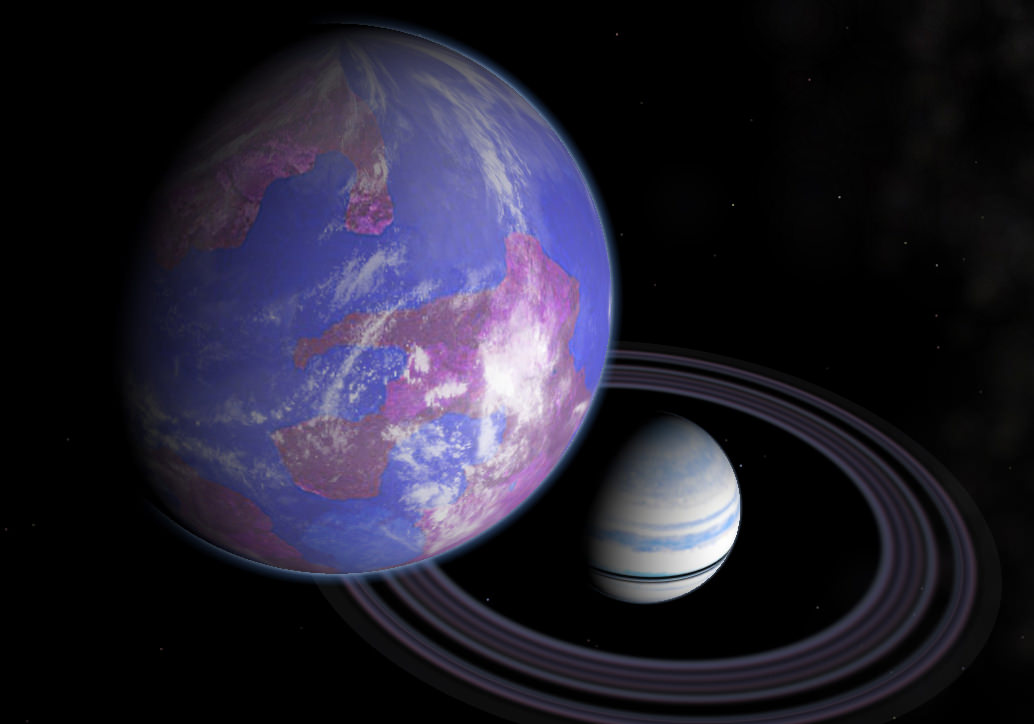[/caption]
Recently, I posted an article on the feasibility of detecting moons around extrasolar planets. It was determined that exceptionally large moons (roughly Earth mass moons or more), may well be detectable with current technology. Taking up that challenge, a team of astronomers led by David Kipping from the Harvard-Smithsonian Center for Astrophysics has announced they will search publicly available Kepler data to determine if the planet-finding mission may have detected such objects.
The team has titled the project “The Hunt of Exomoons with Kepler” or HEK for short. This project searches for moons through two main methods: the transits such moons may cause and the subtle tugs they may have on previously detected planets.
Of course, the possibility of finding such a large moon requires that one be present in the first place. Within our own solar system, there are no examples of moons of the necessary size for detection with present equipment. The only objects we could detect of that size exist independently as planets. But should such objects exist as moons?
Astronomers best simulations of how solar systems form and develop don’t rule it out. Earth sized objects may migrate within forming solar systems only to be captured by a gas giant. If that happens, some of the new “moons” would not survive; their orbits would be unstable, crashing them into the planet or would be ejected again after a short time. But estimates suggest that around 50% of captured moons would survive, and their orbits circularized due to tidal forces. Thus, the potential for such large moons does exist.
The transit method is the most direct for detecting the exomoons. Just as Kepler detects planets passing in front of the disc of the parent star, causing a temporary drop in brightness, so too could it spot a transit of a sufficiently large moon.
The trickier method is finding the more subtle effect of the moon tugging the planet, changing when the transit begins and ends. This method is often known as Timing Transit Variation (TTV) and has also been used to infer the presence of other planets in the system creating similar tugs. Additionally, the same tugs exerted while the planet is crossing the disk of the star will change the duration of the transit. This effect is known as Timing Duration Variations (TDV). The combination of these two variations has the potential to give a great deal of information about potential moons including the moon’s mass, the distance from the planet, and potentially the direction the moon orbits.
Currently, the team is working on coming up with a list of planet systems that Kepler has discovered that they wish to search first. Their criteria are that the systems have sufficient data taken, that it be of high quality, and that the planets be sufficiently large to capture such large moons.
As the team notes
As the HEK project progresses, we hope to answer the question as to whether large moons, possibly even Earth-like habitable moons, are common in the Galaxy or not. Enabled by the equisite photometry of Kepler, exomoons may soon move from theoretical musings to objects of empirical investigation.

